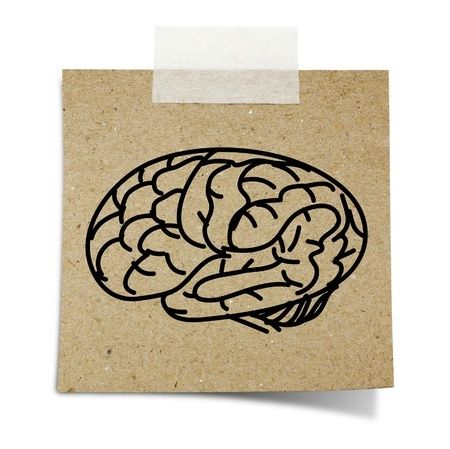Transcranial Magnetic Stimulation
A Treatment for Traumatic Brain InjuriesTranscranial Magnetic Stimulation (TMS) is used primarily for the aberrant mood swings experienced by TBI patients including depression, anxiety, etc. There is also evidence that TMS is beneficial for pain experienced by TBI patients. TMS is non-invasive, does not involve insertion of intravenous lines or surgery and does not require any anesthesia or sedation. A small electromagnetic coil, controlled by a computer program, is used to deliver short, powerful bursts of magnetic energy focused precisely on the left side of the brain’s frontal cortex.
Cranial Electrical Stimulation (CES) is FDA approved to treat insomnia, depression, and anxiety. It was found that one to five 20-minute CES treatment sessions produced a reduction in pain ranging from 42% to 71% in the approximately 80% of patients. No negative side effects were observed, therefore CES has a positive cumulative effect in refractory patients with a wide range of pain-related disorders.

Studies:
Previous analysis of the efficacy of TMS has been provided through more than 30 published trials, yielding generally consistent results supporting the use of TMS to treat depression when medications aren’t sufficient. “Those previous studies were key in laying the groundwork for the FDA to approve the first device for delivery of TMS as a treatment for depression in 2008,” said Linda Carpenter, MD, lead author of the report and chief of the Mood Disorders Program and the Neuromodulation Clinic at Butler Hospital.
Because TMS can modulate brain circuits safely and painlessly, the technique has had tremendous utility for studying pain processing, said Jean-Pascal Lefaucheur, a pioneer in the field of neurostimulation for pain at the Université Paris-Est, Créteil, France. Lefaucheur and his colleagues recently reviewed some of the hundreds of small studies that have examined the effects of TMS on evoked pain in experimental settings (Mylius et al., 2012).
Anne Louise Oaklander, a neurologist and pain researcher at Massachusetts General Hospital, Boston, US, said there is much work to be done, but the potential payoff of TMS for pain makes it well worth pursuing. “It has a huge potential advantage over pain medications,” she said. Drugs move indiscriminately throughout the body, often causing side effects at non-target tissues that limit their use or even prevent them from getting into the clinic. TMS, by contrast, delivers its therapeutic effects directly to the brain, with only minor, local side effects. “That is the trump card of TMS over drugs,” Oaklander said
References:
- Repetitive Transcranial Magnetic Stimulation Research Clinic at Yale-New Haven Psychiatric Hospital http://psychiatry.yale.edu/research/programs/clinical_people/rtms.aspx
- New Research: TMS Effective for Treating Depression in Clinical Practice http://www.butler.org/news/New-TMS-Research-Results.cfm
- http://www.butler.org/tms/index.cfm
- Transcranial Magnetic Stimulation: The Next Wave in Pain Treatment? http://www.painresearchforum.org/news/32343-transcranial-magnetic-stimulation-next-wave-pain-treatment
- Bystritsky, A. Effects of cranial electrotherapy stimulation on resting state brain activity. Brain and Behavior, 211-220.
- http://www.practicalpainmanagement.com/treatments/interventional/stimulators/cumulative-response-cranial-electrotherapy-stimulation-ces
